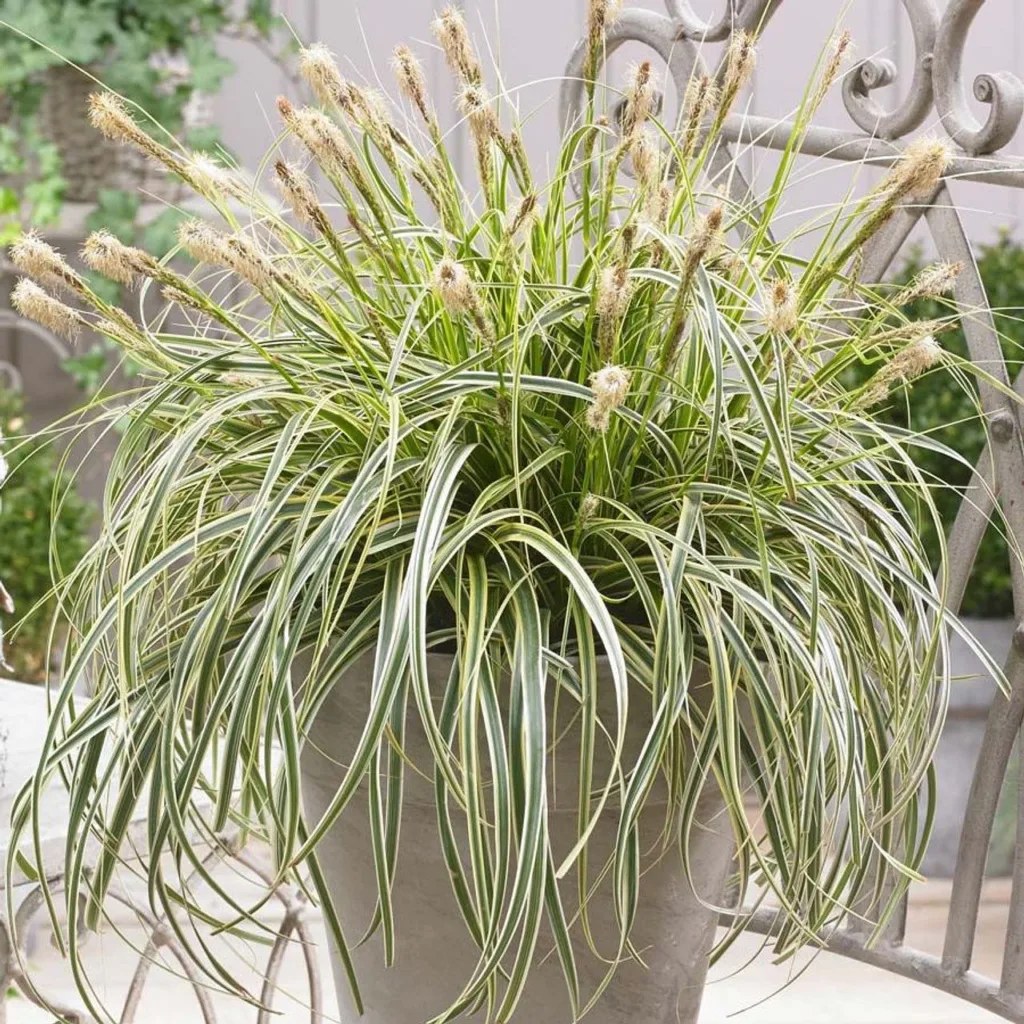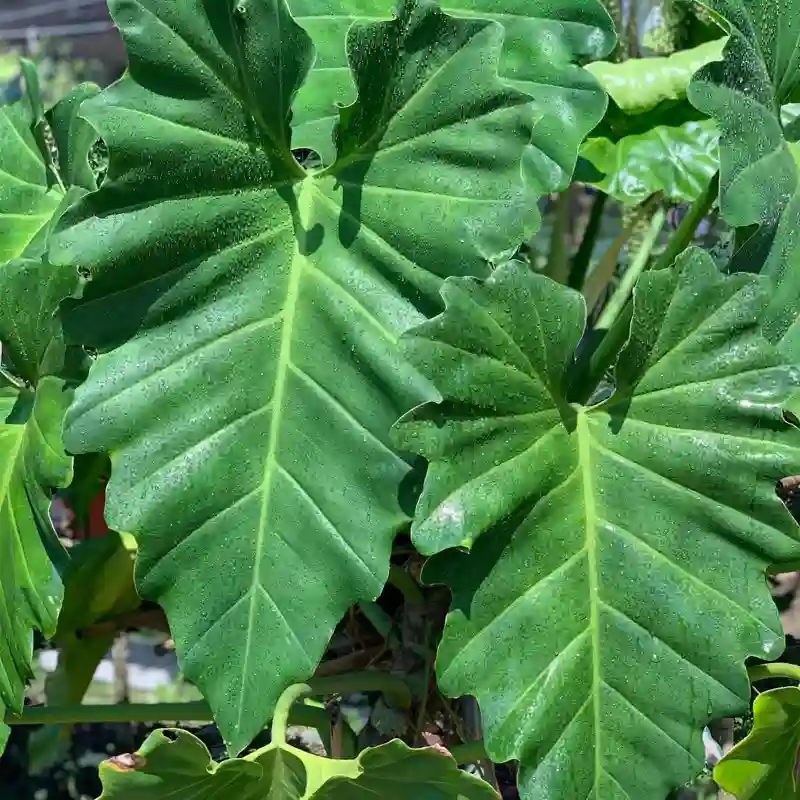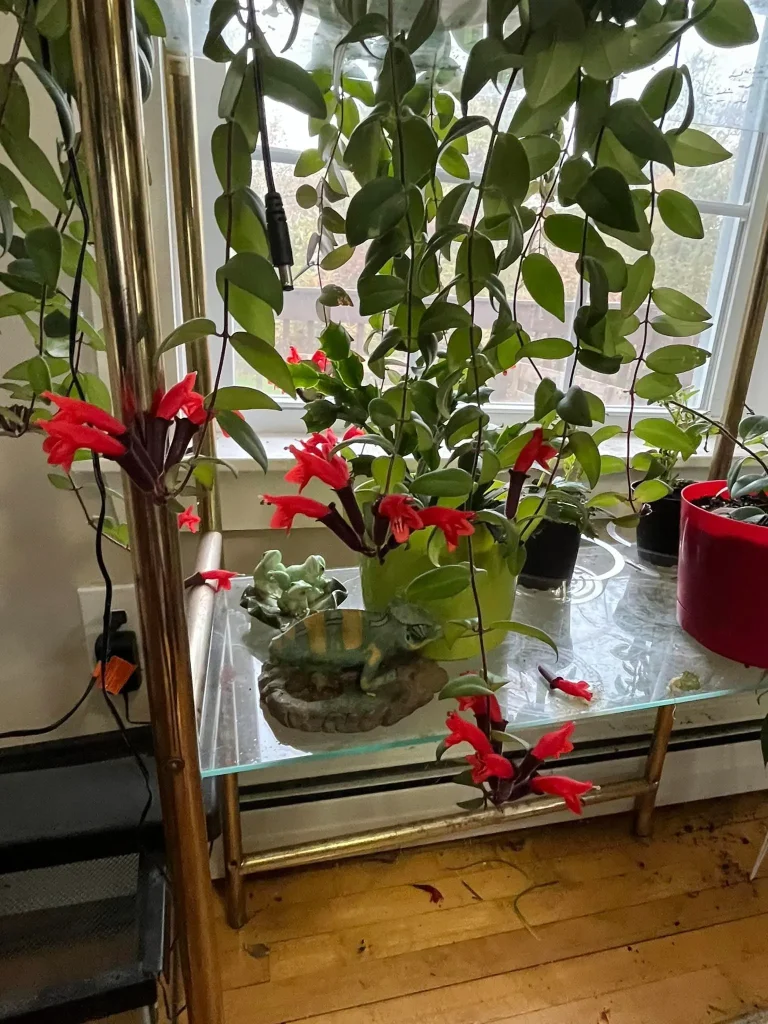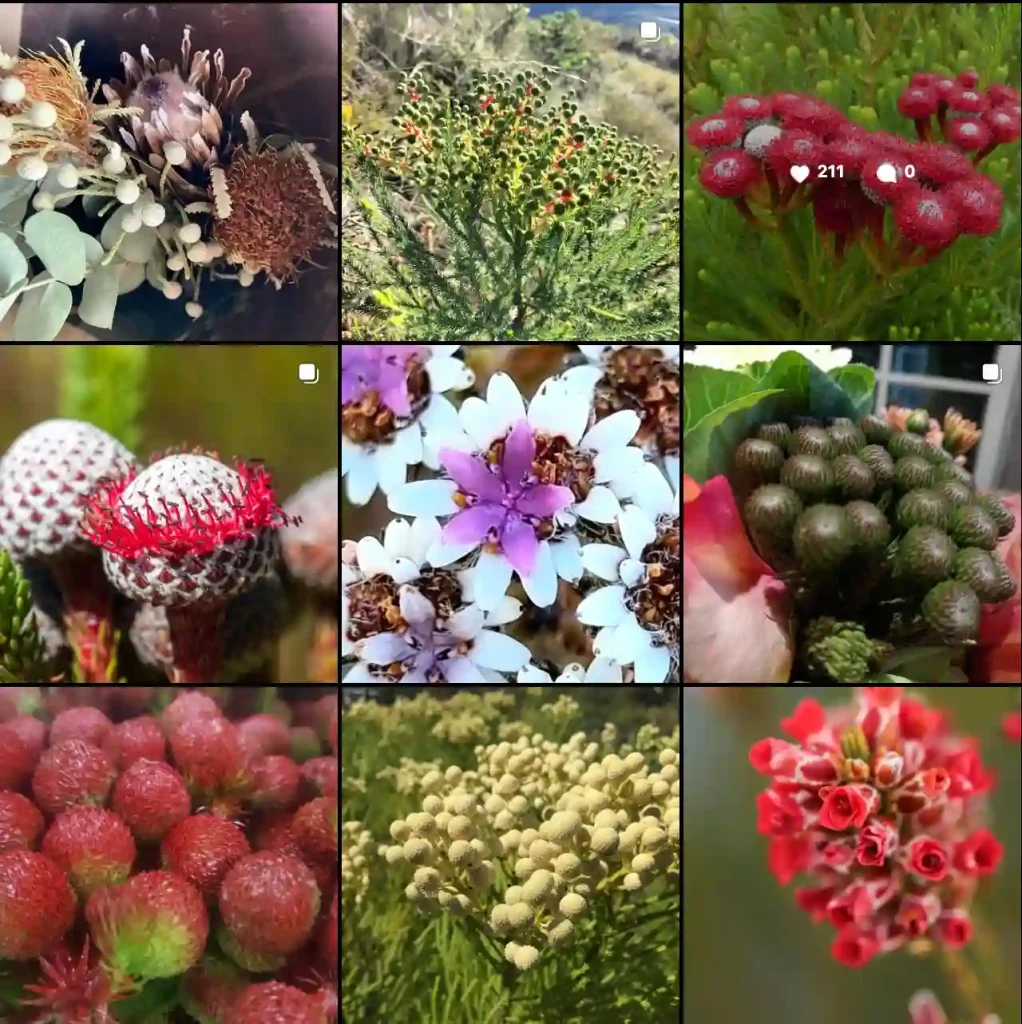Aglaonema Mary Ann: Your Guide to This Easy-Going Beauty
Hi, Ferb Vu here, and today we’re diving into the world of the Aglaonema Mary Ann, a stunning and resilient houseplant that’s quickly become a favorite. Known for its captivating foliage and adaptability, this little gem is perfect for plant enthusiasts of all levels.
Whether you’re a seasoned gardener or a complete newbie, this FAQ will equip you with everything you need to know about caring for your Aglaonema Mary Ann.
26 Species in Genus Aglaonema
What is an Aglaonema Mary Ann?
The Aglaonema Mary Ann, also known as the Chinese Evergreen, is a member of the Araceae family, hailing from the tropical rainforests of Southeast Asia. It boasts elongated, glossy leaves adorned with a mesmerizing blend of green and creamy white patterns. This visually calming combination adds a touch of elegance to any indoor space.
How to care for Aglaonema Mary Ann?
Light: Unlike many houseplants, the Aglaonema Mary Ann thrives in low to moderate light conditions. While bright, indirect sunlight is ideal, it can tolerate shadier spots as well. Just avoid placing it in direct sunlight, which can scorch the leaves.
Water: This low-maintenance plant doesn’t require frequent watering. In fact, overwatering is a common culprit for problems. The key is to allow the top inch of soil to dry out completely before watering again.
Soil: Opt for a well-draining potting mix. A good option is a combination of potting soil, perlite, and orchid mix or coir. This ensures proper aeration and prevents water from accumulating around the roots.
Temperature and Humidity: The Aglaonema Mary Ann prefers warm temperatures between 60-80°F (16-26°C). Avoid placing it near cold drafts or air conditioners. As a native of the tropics, it appreciates moderate to high humidity levels (around 60-80%).
Fertilizer: While not strictly necessary, a light feeding with a balanced fertilizer during the growing season (spring and summer) can promote healthy growth.
Toxicity: It’s important to note that the Aglaonema Mary Ann, like many Araceae plants, is mildly toxic. Keep it out of reach of children and pets to avoid any potential problems.
Aglaonema Mary Ann vs. Other Popular Houseplants
Trying to decide if the Aglaonema Mary Ann is the right fit for you? Here’s a quick comparison with some popular houseplant alternatives:
- Pothos: Both are low-maintenance with beautiful foliage, but the Pothos thrives in brighter light and requires more frequent watering.
- Snake Plant: Another low-light champion, the Snake Plant is even more drought-tolerant than the Aglaonema Mary Ann. However, it lacks the vibrant variegation.
- ZZ Plant: Similar to the Snake Plant in terms of light and watering needs, the ZZ Plant offers a unique, glossy foliage but lacks the patterned charm of the Aglaonema Mary Ann.
Troubleshooting Common Aglaonema Mary Ann Problems
Brown leaves: This can be caused by underwatering, overwatering, or exposure to harsh sunlight. Adjust your watering routine and check the light conditions.
Leggy growth: This is a sign of insufficient light. Move your plant to a brighter spot with indirect sunlight.
Yellowing leaves: This could indicate overwatering, nutrient deficiency, or natural leaf senescence (aging).
Pest infestation: While uncommon, mealybugs and spider mites can occasionally target your Aglaonema Mary Ann. Neem oil spray or insecticidal soap can be used for control.
Conclusion: The Allure of the Aglaonema Mary Ann
With its captivating looks and easy-going nature, the Aglaonema Mary Ann is a true winner for indoor spaces. Its tolerance for low light and infrequent watering makes it ideal for busy plant parents or those new to the world of houseplants. So, if you’re looking for a beautiful and low-maintenance addition to your home, the Aglaonema Mary Ann is definitely worth considering.
If i die, water my plants!



